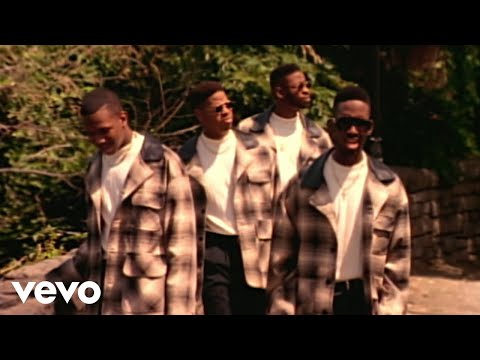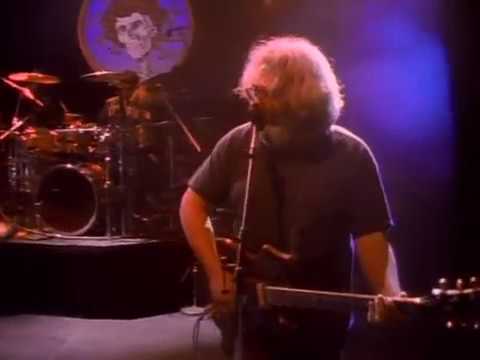If you are planning on playing the guitar on stage, you will need a guitar strap to give your arms some rest. So this begs the question we’ll answer today, “how to put on a guitar strap.” An electric or acoustic guitar strap will give you mobility, whether moving around or playing or singing while standing in front of a microphone. Even if you plan to play your guitar while sitting down, you should still secure your guitar with a strap to avoid dropping the guitar. Since the strap is an essential piece, you should learn how to properly attach and secure a guitar strap. Before we dive into the how do I put a guitar strap on my guitar, you must know what type of guitar you have. The steps will differ depending on what type of guitar you have: is it electrical, acoustic, or classical. Most electric guitars come with some type of mechanism already installed for you to easily attach a strap, but for classical acoustic guitars, they may have only one or no strap button.
Using Guitar Strap Pins
Strap pins, or strap buttons (also known as strap knobs), are small posts that stick out from the acoustic or electric guitar’s body. These buttons are rounded and generally made of metal but can also be wooden. There should be two strap buttons on both an electric and acoustic guitar: one is typically located on the neck heel and the other is located toward the bottom of the body of the guitar. These two strap pins are meant for both ends of a strap to be attached to. They ensure that the strap is secure, which in turn ensures that your guitar is secure. If your guitar only has one or no strap pins, there are two different methods to add a strap when strap buttons are missing: drilling and non-drilling.
If your guitar does not have any strap buttons, we recommend going to a music store to have them professionally install them. If you decide to do it on your own, please note, that there is a risk of damaging or even cracking the guitar. For the drilling method, you will need these tools: a strap button with a pin screw (usually sold in kits), a drill, and a drill bit that is smaller than the pin. There are many options for guitar strap ends such as: gripper, traditional, schaller, snakewood, and straplok. Picking a strap pin is up to you since each strap pin has a different purpose and brings about diverse aesthetics for you to view on the guitar.
The first thing you must determine when installing the button on your guitar is the location. There are different areas you can attach the strap pin but the most common is under the heel. Keep in mind your own comfort as you can also place it right on the heel, near the neck heel, or right next to the heel cap.
Do you own an expensive or vintage guitar and don’t want to devalue it? Are you emotionally attached to your instrument and refuse to tarnish your guitar with drilling? If you do not want to drill into your guitar, there are many alternatives for you to add a strap.
The most easy and inexpensive method to hooking a strap to your guitar that has no pins is to use suction cups. You can buy a small suction cup with a plastic hook attached to it and place them where strap buttons would normally be. Once they are placed, slide the plastic hook through the hole in the guitar strap and done!
Another inexpensive method is using a headstock loop, also known as a strap adapter, which simply wraps around the guitar headstock, right under the strings. A guitar strap can be inserted in the loop and is perfect for guitars missing the upper pin button.
Do you have extra shoelaces lying around? Or maybe some paracord, or nylon rope? You can use any of these materials to tie the strap on the headstock, or above the nut, by weaving them underneath the strings.
Proper Strap Placement (1)
You bought a guitar strap and you do not know which end goes were. Well, not all straps have a designated, specific top and bottom placement, most straps are created to be attached with any pins. If the strap has a buckle for adjusting the length of the strap, the buckle should be placed in the bottom end. If the strap has a narrow end, connect the thicker part to the top and the thinner part to the bottom of your guitar. If both ends are similar, but one side has a logo, typically, you would wear the logo on the upper side to show off the logo.
Attach the Strap
There will be a slit at both ends of the strap. All you must do is push the pin through the proper slit or opening, and the strap should stay in place. The slits tend to be made relatively small, so it can be difficult to connect the strap; however, it should not come off. Test the strap by pulling at each end to ensure it is properly in place and secure.
Using Strap Locks (2)
You should invest on getting guitar strap locks, which can come in extremely handy, especially for avid musicians. Leather straps are known to wear out after excessive use and is prone to enlarge the slit over time, and the strap could end up falling off while you are playing. This is not something you want to happen, not only because it will throw you off while you are playing, but it could also cause the guitar to fall and become damaged. Strap locks come in a variety of materials and will require for you to change your current guitar strap button.
If you do not want to change your guitar strap buttons to add a strap lock, you can use a rubber washers. You put your guitar strap over the strap button and then have a rubber washer on top of the strap and strap button. If you plan to swing your guitar around your neck, you will definitely need strap locks.
Adjust the Strap
Once you have your strap secured to the guitar, it is time to adjust it to the correct length for you. Most straps are adjustable, but there are different styles and different ways to adjust them.
For instance, some have buckle-type adjusters discussed earlier in this article. If the strap has sliding plastic buckles, you can make the strap longer by lowering the buckle towards the bout of the guitar. To shorten the guitar strap, slide the buckle towards the neck of the guitar.
Others have a matching piece of leather woven through slits in the strap. These tend to be leather and suede straps, and they come in two pieces. You will have to remove the smaller piece to adjust it. The slits are placed to correspond with various lengths. First, the thin strap is threaded through the underside of the main part of the strap, and then after you pull on it for tension, it is fed through itself through the next slit. Then, the thin end is woven through one or more of the other slits to make it completely secure.
Play the guitar to see if you need to make any adjustments. Make sure the strap is good for both standing and sitting performances. A general note is to have the length long enough so that your wrist is not fully bent. Your hand should be relaxed to prevent strain and injuries while fretting.
Types of Acoustic & Electric Guitar Straps
Now that you know how to attach a guitar strap, it is time to learn more about the various types of straps you can use. Straps can be made from various materials, including leather, suede, vegan leather, denim, cotton, and other fabrics. Guitar strap prices can vary from 30 dollars to 100 but that will depend on your preferences. Do you want comfort and style? Or would you rather have plain and classy?
No matter what the strap is made from, either end will most likely be made from leather or suede or a vegan version of these materials.
Personal preference is usually the deciding factor for choosing a guitar strap. A quality guitar strap material that will hold up for many years is leather; it is expensive but for a long rock set, expect sweat to pile up. If you worry about sweat, cotton is the most breathable and a lightweight material option. Cotton and denim straps look cool and are slip resistant on clothes, but these materials are known not to last long. Cotton gets dirty very easily and takes forever to dry after washing it. Nylon and polyester are common materials that guitar manufacturers use because its cheap and can be dyed easily so expect a variety of colors. Fun fact: seatbelts are made out of polyester, so if you don’t mind having that type of material on you while you drive, it’ll work for you.
In addition to the fabric type, other features to look for on a quality guitar strap include:
Padding
While most guitars may not seem overly heavy, try standing while holding and playing one for a few hours. It can get pretty uncomfortable after a while. This is why many guitar players choose straps with padding for the shoulders. Often, Tempurpedic foam is used, and the foam allows you to be more comfortable while playing.
Width
The average guitar width ranges from 2 to 4 inches wide. Narrow straps are lightweight but don’t distribute enough of the guitar’s weight. Many guitar players prefer wider straps, which make playing much more comfortable. It is recommended to purchase a wider strap if the guitar is heavy such as electric guitars or Gibson Les Pauls. Acoustic are made out of wood but are still lighter than electric, but classical is the lightest of the three.
Length
Most guitar straps are about 40 inches to 60 inches long. For those who are tall and have long arms, there are 70 inch straps.
Conclusion
If you are just sitting around a bonfire or in your home, chances are you won’t need a guitar strap. But, if you are going to be standing, a strap is an essential piece of guitar gear. So make sure you choose one that looks awesome and is comfortable, and will keep your guitar secure while you are playing.
References
- Why guitar straps are important
https://ehomerecordingstudio.com/best-guitar-straps/ - How straps locks save you guitar
https://www.sweetwater.com/insync/strap-locks-the-best-insurance/



















